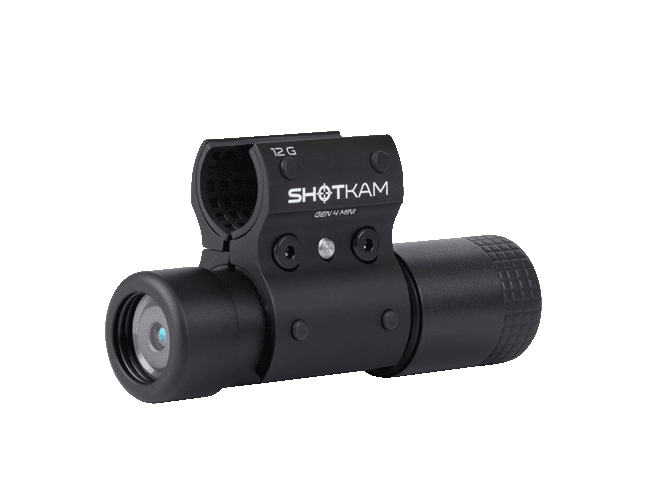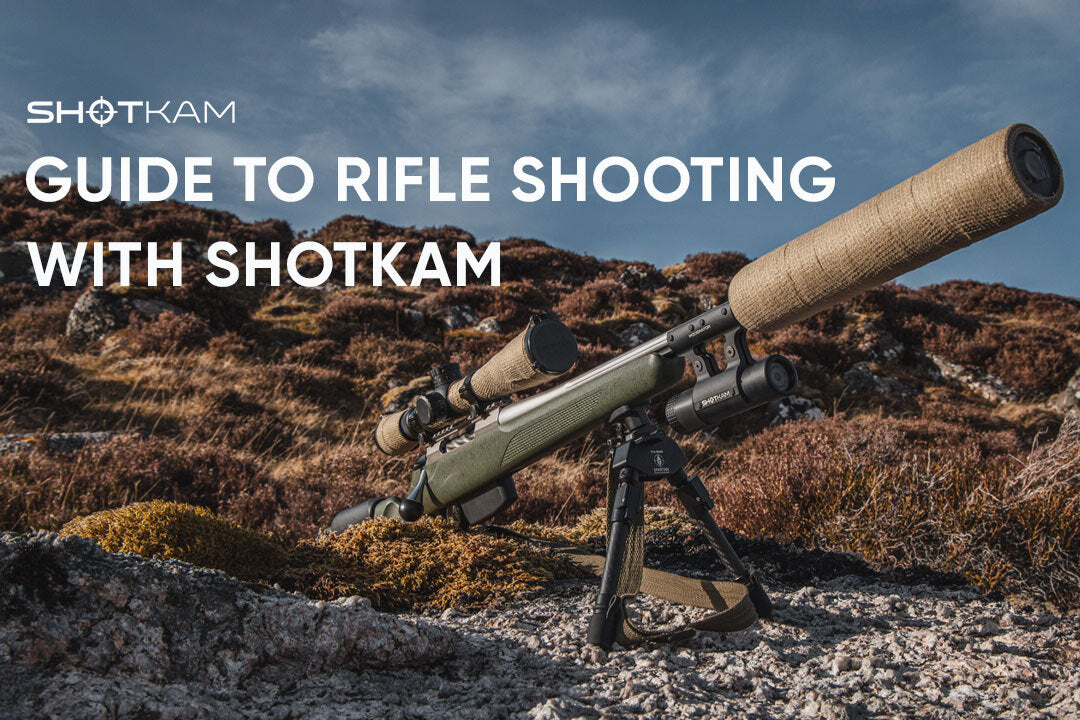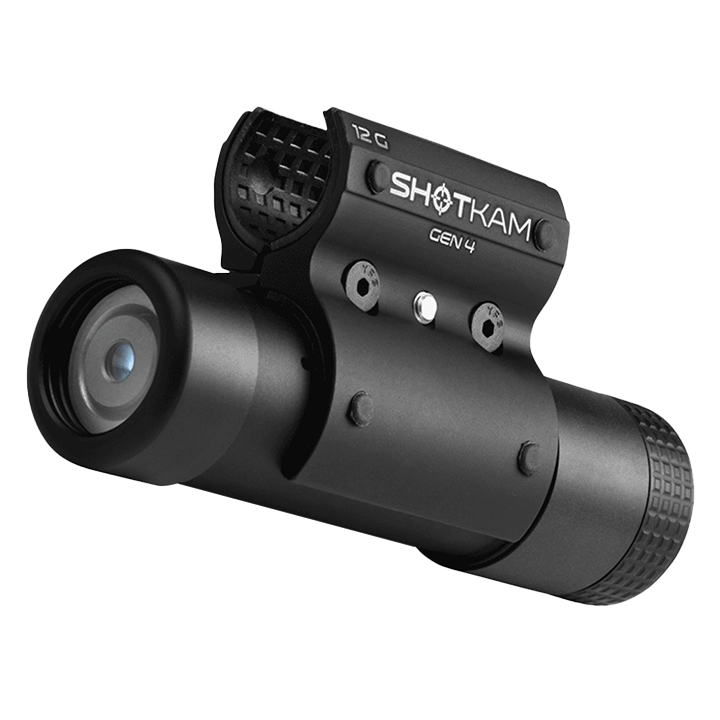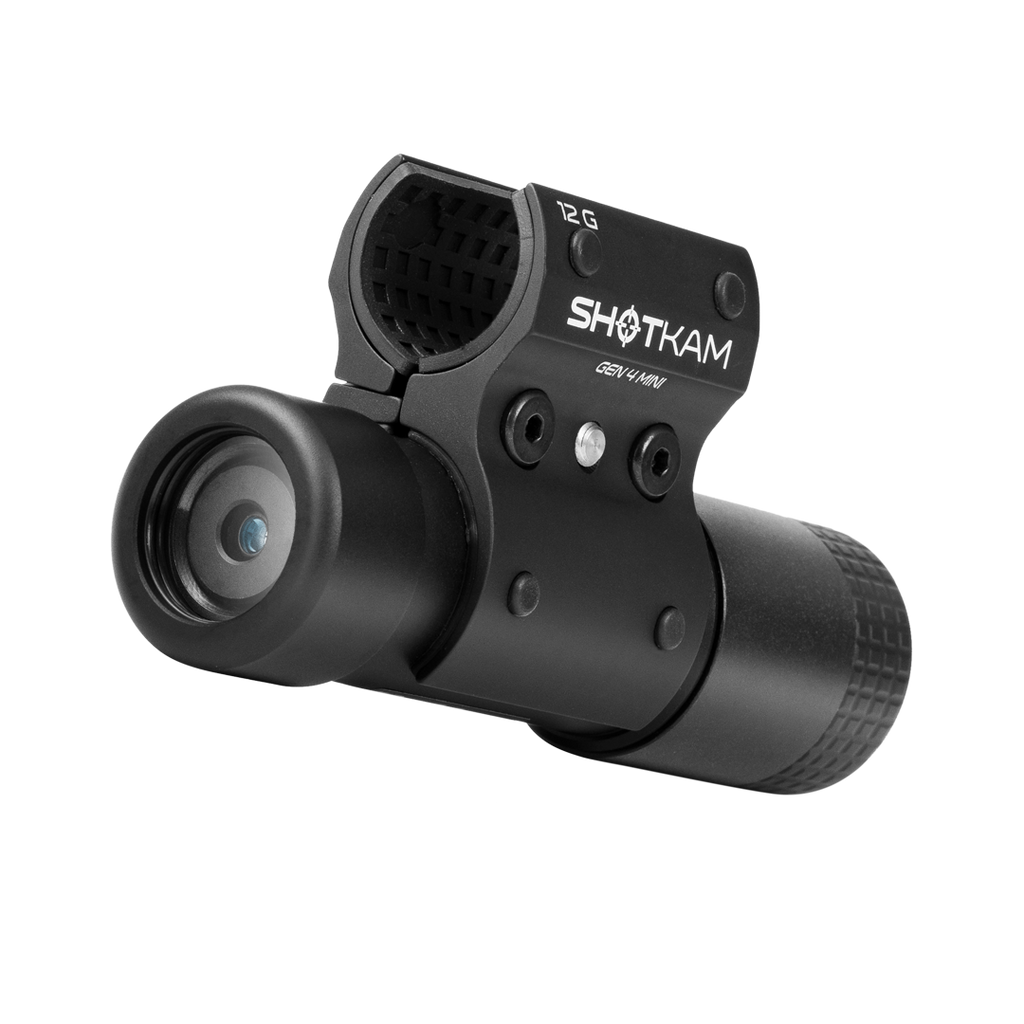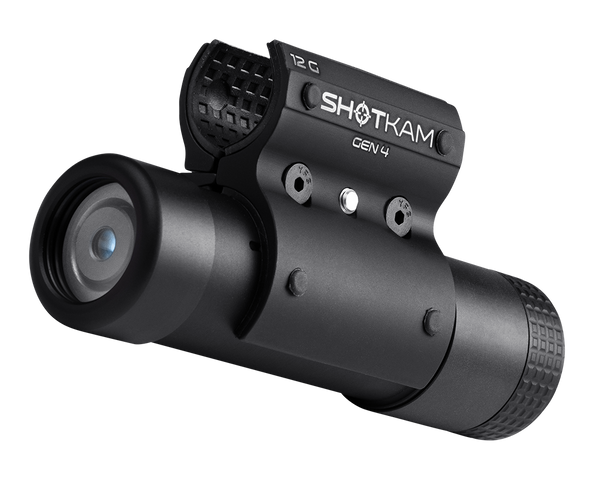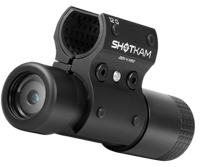Elevating Youth Shooters: Techniques for Developing Future Champions

Introduction: Mastering the Art of Coaching
As shooting coaches, we spend countless hours thinking about, designing, and refining lesson plans that can enhance the shooting experience for every student, whether it's for beginners or seasoned competitors. However, there are a few fundamental understandings that really tip the scale when teaching youth teams and any newcomers to the world of shooting sports. David Stewart, Level 1 instructor and inventor of ShotKam, shares his insights on valuable coaching principles and how the ShotKam plays a pivotal role in the teaching process for 4H teams, Scholastic Clay Target Programs, and more.

Encouragement: Laying the Foundation for Success
In my decades-long involvement in the world of shooting sports, I am grateful for my countless opportunities to coach new shooters and lay down a strong foundation for their success. When it comes to coaching youth shooters in particular, the first core principle to employ is the power of encouragement. After your students are comfortable with shooting a gun, they understand the importance of gun safety, and release any fears, you want to build up confidence in their own abilities. Be confident in your own assessment of your students’ capabilities as a teacher and set them up for success. Watch them intently and identify their strengths, then set them up with targets they can break more frequently. Try to avoid focusing only on targets they struggle with, which can make anyone frustrated. Once your students are breaking 50% of their targets, it’s an important milestone that will fuel their passion for the sport and encourage them to keep going.
Incorporating ShotKam Technology in Shooting Lessons
While they are mastering those basics, you’ll also want to make sure your students are understanding the theory behind a moving target and correcting any critical mistakes. I frequently refer to the analogy that shooting a moving target is like merging onto an interstate highway. If you’re merging onto a highway, you wouldn’t stop and accelerate quickly, and the same applies to when you’re shooting. This is where a tool like the ShotKam becomes incredibly useful. With the ShotKam, your students can watch videos of the targets they shoot and easily see when they are merging seamlessly with a target, or when they are not. I also recommend using the Constant Record feature on the ShotKam to help them study their setup, which allows you to record manually without recoil. By using constant record, they can eliminate the subliminal fears of recoil and practice a smooth move. To start a constant recording, click the control button on the ShotKam twice. With the ShotKam mounted on your student’s barrel, have them approach a target fully, from mounting and start time to pulling the trigger. Click the control button once when you are ready to end the recording. Tip: Let your students shoot (dry fire) with the gun unloaded in Constant Record Mode to check for any trigger flinching.

Once you review the footage, your student can compare their own perception of what they did with how they actually set up and moved with the target. These are typically two very different things, and even the most experienced shooters don’t always realize when their perception is not matching what they’re truly doing. This is also what makes the ShotKam footage so unique and invaluable; you cannot argue with video proof. As your students learn to correct that awareness, their skills will improve greatly.
Identifying and Overcoming Common Challenges
One of the biggest challenges we may face as coaches is gun fit, especially with youth shooters (and even adult female shooters). The ShotKam will quickly reveal if there are any gun fit issues, and if you see the gun flipping downward in any videos, it’s likely due to incorrect pitch. If the gun doesn’t fit correctly, it’s going to be a lot easier for a new shooter to get tired more quickly. Once their arm muscles are fatigued, the whole session can feel much more stressful and it can even result in poor form. The importance of gun fit cannot be overstated; it can be the difference between a shooter who enjoys shooting and someone who feels utterly overwhelmed by it.
Another common challenge with coaching youth teams is eye dominance issues. This issue is so prevalent, mostly because people are rarely 100% right eye dominant. As coaches, we tend to want to correct this by shutting the “off” eye or patching the lens covering the “off” eye in some way. My personal input is to not try and fix eye dominance issues with new students. The reason I say this is because having both eyes open and working together is critical to understanding how to analyze a moving target. Covering the “off” eye can unnecessarily overcomplicate this understanding.
Instead, try to work with your students and teach them to shoot as soon as they see the target clearly. For a lot of students, this will mean pulling the trigger as soon as the gun comes to their face. Emphasize to try shooting within 1 second of being hard-mounted into the face. Their focus should be on merging with the target seamlessly and perfecting a proprioceptive awareness, or the subconscious relationship between a shooter’s body movements and the target. You can use the ShotKam footage to help make any adjustments. Common mistakes seen in ShotKam videos include collapsing lead, which happens when someone becomes barrel aware and you’ll see collapsing or diminishing lead, meaning they stopped the gun. Another mistake is up-and-down barrel movement. If the ShotKam’s reticle (video crosshair) is moving up and down, this can indicate that the shooter isn’t seeing the target well. Lastly, if the ShotKam reticle moves before the clay is launched, it means the shooter is anticipating the target and moves their look-point. Show the shooter to rely on their peripheral vision to catch the target, allowing it to slow down once it enters their look-point.
Review the ShotKam footage as a team and challenge your students to identify any possible mistakes in their teammate’s videos as well as their own. Stay patient, make gentle corrections, and allow them to be comfortable with making mistakes.
Tips for Using ShotKam with Multiple Students
You can easily use the ShotKam with multiple different students if you are coaching a larger team and really want to optimize their training. We recommend bringing a portable laptop to the range and assigning each student with a memory card (SD card or thumb drive). Each student can save their own videos onto their memory cards and rewatch videos at home. It has been proven that rewatching ShotKam videos has the same benefit as practicing with live fire, and students who rewatched their footage saw a 15% increase in their scores within the first few months. Let your students review the footage after as a team. Quiz them on any techniques they might observe and ask them if they can relate to any common mistakes.
Fostering Team Spirit and Professionalism Among Young Shooters
After you’ve identified their strengths and helped them gain confidence in correcting any mistakes, you can work on instilling the professionalism and high moral standards that are characteristic to shooting sports. When working with youth teams, I like to focus on setting clear goals that are attainable, but still challenging. For example, set a score goal that your students can achieve as a team within a realistic timeframe. Let them observe each other shoot as much as possible and turn any mistakes or successes into teachable moments. They should be competitive as a unified team and not against each other, so they can cultivate a sense of camaraderie while still taking their goals seriously. It's about creating an environment where the entire team encourages one another, and creating a competitive yet supportive atmosphere overall.

Conclusion: The Rewarding Journey of Coaching
In conclusion, the journey of coaching in the shooting sports is both rewarding and complex, involving a deep understanding of each student's needs and challenges. Through innovative use of tools like ShotKam, we coaches have the ability to transform the shooting experience for our students and push them forward on the path to experienced shooting. Keep your emphasis on encouragement, understanding the dynamics of moving targets, and addressing common issues to help your students stay confident. By setting clear, attainable goals and promoting a supportive team environment, coaches can instill professionalism and high morale among their students. As we continue to innovate and adapt our coaching strategies, the true success lies in witnessing our students achieve their full potential, making every effort and every lesson plan truly worthwhile.
You are reading:




